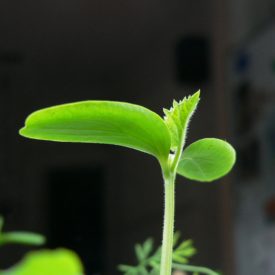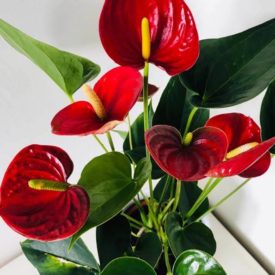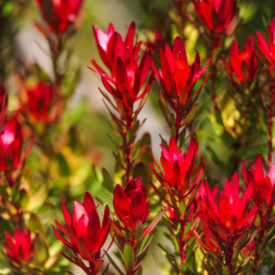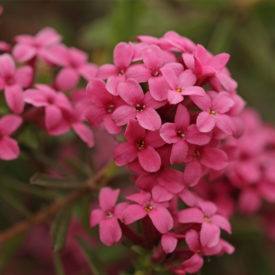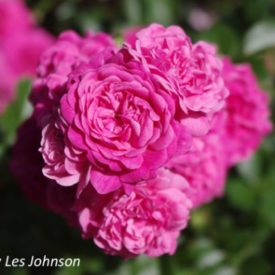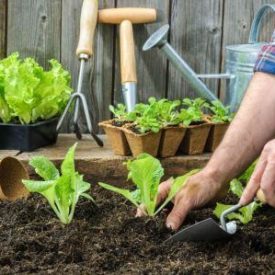Seaweed and plant health
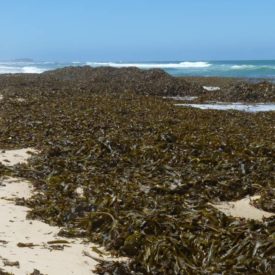
This week, Neutrog’s Microbiologist and R&D Manager, Dr. Uwe Stroeher gives us the rundown on seaweed and kelp, and how they affect your plants.
Seagrass is a plant that produces flowers. It has a root system and represents much of what you may see on the beach. Seagrass can be a good source of a number of nutrients, especially some of the micronutrients such as zinc and iron.
Then there is seaweed or kelp, which is an algae, not a plant. Kelp is special because it contains significant amounts of plant growth hormones.

